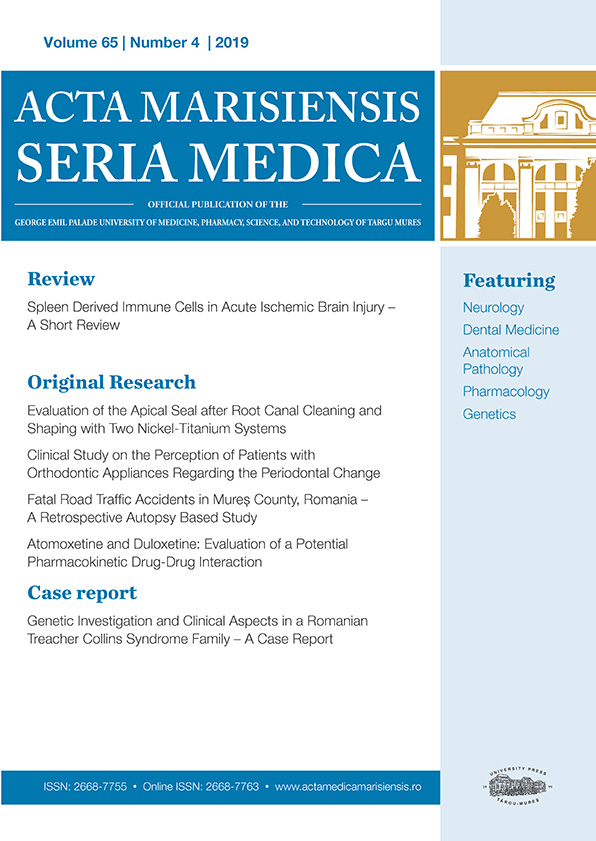Beneficial effects of metformin on haloperidol-induced motor deficits in rats. A behavioral assessment.
Abstract
Objective: One of the most common side effects of haloperidol is the extrapyramidal syndrome, resulting from inhibition of nigrostriatal dopaminergic circuits and mitochondrial dysfunction due to structural similarities to pyridinium derivative, MPP+ that induce oxidative stress. In exchange, the use of metformin appears to enhance neurogenesis, energy metabolism, and oxidative status, so these properties can be speculated in the context of drug-induced pseudoparkinsonism by haloperidol.
Methods: To assess motor coordination and activity, rodents were divided into four groups: CTR (n = 10) - animals that received distilled water, METF (n = 10) - animals that received metformin 500 mg / kgbw, HAL (n = 10) - animals that received haloperidol 2mg / kgbw, HALMETF (n = 10) - haloperidol 2mg / kgbw and metformin 500 mg / kgbw. The treatment was administered for 34 days at the same time by gastric gavage, during which time behavioral tests, rotarod (days 7, 14, 21, 28), catalepsy (day 30), open field (day 32) and novel object recognition (day 34) were performed.
Results: The monitored parameters, showed significant differences between the groups of interest (HAL and HALMETF respectively), so that the administration of metformin at the beginning of treatment reduces the cataleptic behavior. The HALMETF group shows an attenuation of the motor deficit during the rotarod test and the freezing period from the Open Field test, is diminished.
Conclusions: Metformin treatment has a beneficial effect in haloperidol-treated rats, demonstrated by decreased cataleptic behavior, improved motor performance and reduced haloperidol-induced anxiety behavior.
Copyright (c) 2021 George Jîtcă, Zsolt Gáll, Camil E Vari, Bianca E Ősz, Amelia Tero-Vescan, Alexandra Groșan, Maria T Dogaru

This work is licensed under a Creative Commons Attribution 4.0 International License.









